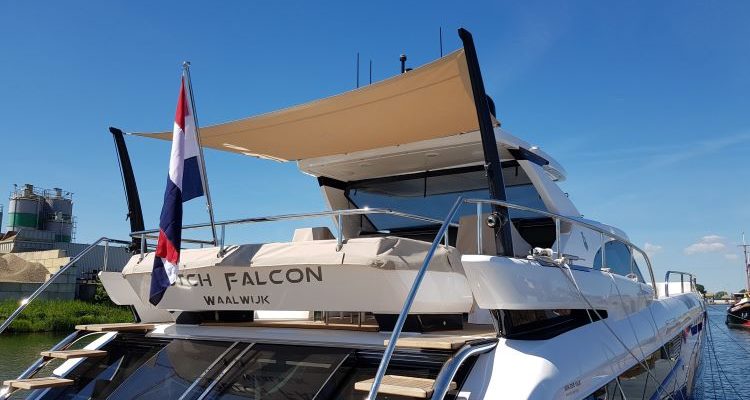Jasper Bouwmeester has spent his entire career in the composites industry, so he understands the benefits – and limitations – of reinforced polymers. “Composites are beautiful materials, and you can do lots of interesting constructions with them that take advantage of their light weight and high strength,” says Bouwmeester, founder and CEO of Fiberneering in Zwolle, Netherlands. “But they are very costly to manufacture, and it’s very costly to make molds, especially when you talk about low-series production. That’s one of the killer reasons why composites are not seeing a bigger uptake in the market.”
While working for a large multinational corporation on a project for a local university several years ago, Bouwmeester learned about additive manufacturing. “I thought this would be a great option to limit costs of mold-making and use 3D printing to make composites production a lot more effective,” he says.
Bouwmeester launched Fiberneering and filed a patent in 2015 for an additive manufacturing technique that co-cures a 3D-printed part with a composite to form a structural part. The technology, which the company calls FRP3D, is similar to stereolithography (SLA). FRP3D is based on selectively curing layers of an epoxy-like resin using UV light. The light activates free radicals, which open double bonds in the resin molecules. The polymers then re-form into a heavily cross-linked, extremely stable thermoset. The end result is either tooling or a hollow core shape, depending on the customer application.
When making hollow shapes, there is still some reactivity left on the surface after 3D printing. Reinforcing fibers are then applied in a second step either using prepreg material or via vacuum infusion or resin transfer molding (RTM). Afterward, the printed core and composite are co-cured to create a full chemical bond between the two.
Bouwmeester cites three primary benefits to the 3D-printed cores. First, the company uses computer algorithms during the design stage to optimize parts for the loads they will experience. The company is able to create core densities between zero and 1,100 kilograms per cubic meter, which results in lower mass parts.
Another advantage is functionality. “We can integrate a lot of functionality inside the hollow core,” says Bouwmeester. “It’s easy to include all kinds of cable ducting, attachment points and inserts directly into the print. That means you save time in assembly later on, and you can create a lot of very interesting effects.”
Finally, Bouwmeester says FRP3D is more cost-effective than traditional cores, which typically need to be milled or cast in a separate mold. “Because we can create a complete net shape in one go, we can be cost-competitive compared to traditional polyurethane foams,” he says.
Fiberneering has two 3D printers, built in-house, that can produce parts up to ½ x ½ x 1 meter. The company is currently developing a printer to make larger parts in one pass. In the meantime, it can manufacture larger products by combining parts after printing. “We are focused on making large parts in a reasonable amount of time at a low cost point,” says Bouwmeester. For the second part of its process – adding the composite component – Fiberneering handles prepreg and vacuum infusion in-house, while RTM is done by another supplier.
Fiberneering’s clients span multiple industries, from automotive to marine. The company has done development work and begun production on some parts with Donkervoort, a high-end sports car maker in The Netherlands. While Bouwmeester declined to reveal details on Fiberneering’s specific applications within the automotive sector, he shared a simple product created for the marine industry – bimini support poles for luxury yachts.


